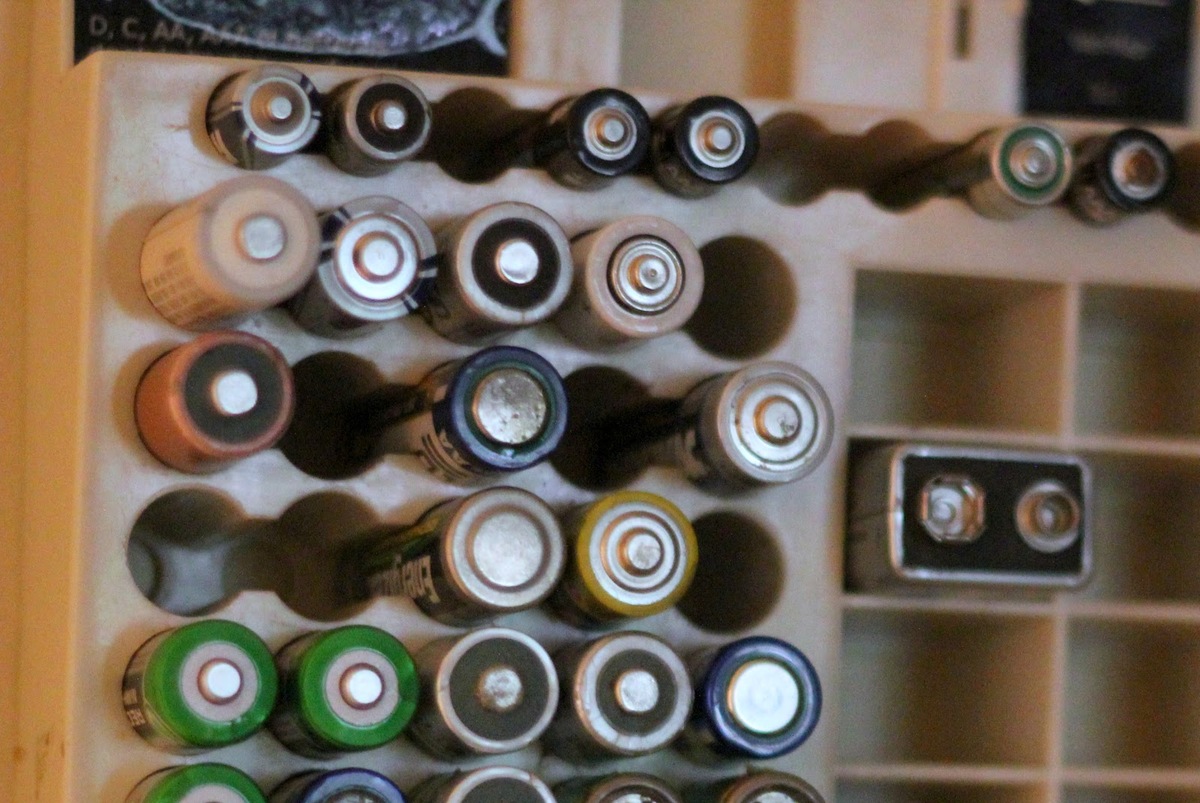

Articles
How To Store Old Batteries
Modified: January 9, 2024
Learn how to store old batteries properly with these helpful articles. Keep your batteries in top condition and avoid any potential hazards.
(Many of the links in this article redirect to a specific reviewed product. Your purchase of these products through affiliate links helps to generate commission for Storables.com, at no extra cost. Learn more)
Introduction
As technology continues to advance, the use of batteries has become an integral part of our daily lives. From powering our portable devices to running our vehicles, batteries play a vital role in keeping our world running smoothly. However, as time goes by, we often find ourselves accumulating old batteries that are no longer in use. It’s important to know how to properly store these old batteries to ensure their safety and longevity.
Storing old batteries may seem like a simple task, but it’s essential to follow proper guidelines to prevent possible hazards such as leakage, corrosion, or even explosion. In this article, we will explore the different types of batteries and provide tips for safe storage, as well as proper disposal methods for when you no longer need them.
Understanding Battery Types
Before diving into the specifics of battery storage, let’s take a moment to understand the different battery types you may come across.
1. Alkaline Batteries: Alkaline batteries are commonly used in household devices such as remote controls, toys, and flashlights. They are non-rechargeable and come in various sizes, including AA, AAA, C, and D.
2. Lithium Batteries: Lithium batteries are lightweight and have a higher energy density compared to other battery types. They are commonly used in electronic devices such as smartphones, laptops, and cameras. Lithium batteries can be either rechargeable or non-rechargeable.
3. Nickel-Cadmium (Ni-Cd) Batteries: Ni-Cd batteries were widely used in the past but are now less common due to their environmental impact. They are rechargeable batteries often found in cordless phones, power tools, and certain electronic devices.
4. Nickel-Metal Hydride (NiMH) Batteries: NiMH batteries are also rechargeable and have replaced Ni-Cd batteries in many applications. They are commonly used in digital cameras, portable gaming devices, and other electronics.
5. Lead-Acid Batteries: Lead-acid batteries are large, heavy-duty batteries commonly used in vehicles, backup power systems, and renewable energy storage. These batteries are rechargeable and contain hazardous materials like sulfuric acid.
Now that we have an understanding of the different battery types, let’s delve into some tips for safe battery storage to ensure their longevity and prevent any potential mishaps.
Key Takeaways:
- Proper storage and disposal of old batteries are crucial for safety and environmental well-being. Understanding specific guidelines for each battery type ensures longevity and minimizes potential hazards.
- From storing alkaline batteries in a cool, dry place to recycling rechargeable batteries, following proper guidelines safeguards our environment and promotes responsible battery usage.
Read more: How To Store A Battery
Understanding Battery Types
Before we dive into the details of how to store old batteries, it’s important to have a basic understanding of the different types of batteries you may come across. Each battery type has its own characteristics and requirements for storage.
1. Alkaline Batteries: Alkaline batteries are one of the most common types of batteries found in household devices. They are non-rechargeable and come in various sizes, such as AA, AAA, C, and D. Alkaline batteries are known for their long shelf life and ability to deliver consistent power. When storing alkaline batteries, it’s essential to keep them in a cool, dry place away from direct sunlight or extreme temperatures. Avoid storing them in areas with high humidity, as moisture can cause corrosion.
2. Lithium Batteries: Lithium batteries are lightweight and have a higher energy density compared to other battery types. This makes them ideal for electronic devices such as smartphones, laptops, and cameras. Lithium batteries can be either rechargeable or non-rechargeable. When storing lithium batteries, it’s crucial to avoid exposing them to extreme temperatures, as it can negatively impact their performance and longevity. It’s also advisable to store them in a cool, dry place to prevent moisture buildup.
3. Nickel-Cadmium (Ni-Cd) Batteries: Ni-Cd batteries were once widely used but have become less common due to their negative environmental impact. These batteries are rechargeable and can be found in devices like cordless phones, power tools, and certain electronics. When storing Ni-Cd batteries, it’s important to refrain from fully discharging them before storage, as it can lead to irreversible damage. It’s recommended to store Ni-Cd batteries at room temperature in a secure container, away from any flammable materials.
4. Nickel-Metal Hydride (NiMH) Batteries: NiMH batteries have replaced Ni-Cd batteries in many applications due to their improved environmental friendliness. They are commonly used in devices like digital cameras, portable gaming consoles, and other electronics. When storing NiMH batteries, it’s important to store them at room temperature and avoid extreme heat or cold. It’s also advisable to fully charge or discharge them before storage to maintain their overall capacity.
5. Lead-Acid Batteries: Lead-acid batteries are heavy-duty batteries commonly used in vehicles, backup power systems, and renewable energy storage. These batteries are rechargeable and contain hazardous materials like sulfuric acid. When storing lead-acid batteries, it’s crucial to avoid exposure to extreme temperatures, as it can lead to reduced performance and potential leakage. Additionally, it’s recommended to store them in well-ventilated areas to prevent the buildup of potentially harmful gases.
By understanding the characteristics and requirements of different battery types, you can ensure proper storage and prolong their lifespan, ultimately saving you money and reducing environmental impact.
Tips for Safe Battery Storage
Proper storage of old batteries is essential to maintain their safety and performance over time. Whether you have alkaline batteries, lithium batteries, or rechargeable batteries, here are some important tips to follow for safe battery storage:
- Keep batteries in their original packaging: If possible, store batteries in their original packaging. The packaging is designed to protect the batteries from moisture, dust, and potential damage.
- Store in a cool, dry place: Heat and humidity can negatively impact battery performance and shelf life. It’s best to store batteries in a cool, dry place away from direct sunlight or extreme temperatures.
- Avoid storing in metal containers: Metal containers can create a risk of short-circuiting the batteries if they come into contact with each other. Use non-conductive plastic containers or battery organizers to store batteries safely.
- Separate batteries by type: When storing multiple types of batteries, it’s important to separate them. Mixing different battery types can lead to leakage or damage. Consider using separate containers or compartments for each battery type.
- Check battery charge levels: Before storing rechargeable batteries, make sure to check their charge levels. It’s recommended to store rechargeable batteries at about 40-60% charge to prevent over-discharge or overcharging during storage.
- Protect terminals from contact: To prevent accidental discharge or short-circuiting, cover the battery terminals with electrical tape or use individual battery covers. This will minimize the risk of any metal objects coming into contact with the battery terminals.
- Regularly inspect batteries: Periodically inspect stored batteries for signs of leakage, corrosion, or damage. If you notice any issues, handle the batteries with caution and follow proper disposal procedures.
- Keep batteries out of reach of children and pets: Batteries can pose a choking hazard if ingested. Ensure that stored batteries are kept in a secure location out of the reach of children and pets.
By following these tips, you can maintain the safety and integrity of your stored batteries, prolonging their lifespan and minimizing the risk of accidents or damage to your devices.
Storing Alkaline Batteries
Alkaline batteries are commonly used in household devices such as remote controls, toys, and flashlights. While these batteries are known for their long shelf life, it’s still important to store them properly to maximize their performance and ensure safety. Here are some tips for storing alkaline batteries:
- Store in a cool, dry place: Alkaline batteries should be stored in a cool and dry environment, preferably at room temperature. Avoid storing them in areas with high humidity or extreme temperatures, as these conditions can shorten their shelf life and potentially cause leakage.
- Avoid storing in direct sunlight: Exposure to direct sunlight can accelerate the discharge rate of batteries. Keep them away from windows or any other areas that receive direct sunlight to maintain their charge and overall quality.
- Remove batteries from devices if not in use: If you’re not going to use a device for an extended period, it’s a good practice to remove the alkaline batteries. This helps prevent any potential leakage or corrosion that can occur over time.
- Store in their original packaging: When possible, store alkaline batteries in their original packaging. The packaging provides an extra layer of protection against moisture and potential damage.
- Separate by type and age: If storing multiple alkaline batteries, it’s advisable to separate them by type (e.g., AA, AAA) and by age. This way, you can easily identify the freshest batteries and use them first.
- Check expiration dates: Alkaline batteries typically have expiration dates printed on the packaging. Prioritize using batteries that are closer to their expiration dates to ensure optimal performance.
- Inspect for leakage or corrosion: Regularly inspect your stored alkaline batteries for any signs of leakage or corrosion. If you notice any damage, properly dispose of the batteries and clean the surrounding area following the appropriate guidelines.
- Keep out of reach of children: Like any other battery, alkaline batteries should be kept out of the reach of children and pets, as they can pose a swallowing hazard. Store them in secure locations or use child-proof battery organizers for added safety.
By following these storage tips, you can ensure that your alkaline batteries remain in good condition and are ready to power your devices when you need them.
Storing Lithium Batteries
Lithium batteries are widely used in electronic devices such as smartphones, laptops, and cameras due to their high energy density. Whether you have rechargeable lithium-ion batteries or non-rechargeable lithium primary batteries, proper storage is crucial to maintain their performance and safety. Here are some tips for storing lithium batteries:
- Store in a cool, dry place: Lithium batteries should be stored in a cool and dry environment, preferably at room temperature. Avoid exposing them to extreme temperatures, as both high heat and extreme cold can negatively impact their performance and longevity.
- Avoid direct sunlight: Direct sunlight can cause lithium batteries to heat up, potentially leading to leakage or even combustion. Store them away from windows or any other areas exposed to direct sunlight.
- Keep away from flammable materials: Lithium batteries have a higher risk of combustion if they come into contact with flammable materials. Ensure that you store them in a location away from any combustible substances.
- Avoid storing in metal containers: Metal containers or compartments can potentially cause a short circuit if lithium batteries come into contact with each other or with other metal objects. Use non-conductive plastic containers or battery organizers for safe storage.
- Store with charge: If storing rechargeable lithium-ion batteries, make sure they have around 40-60% charge before storage. Storing them fully charged or fully depleted for extended periods can lead to capacity loss or potential damage.
- Protect terminals: To prevent accidental discharge or short-circuiting, cover the battery terminals with electrical tape or use individual battery covers. This additional layer of protection helps minimize the risk of metal objects coming into contact with the battery terminals.
- Regularly inspect for damage: Periodically check your stored lithium batteries for any signs of damage, such as bulging or leaking. If you notice any issues, it’s important to handle them with caution and follow proper disposal procedures.
- Keep out of reach of children: Lithium batteries, especially button cell batteries, can pose a choking hazard if swallowed. Store them in secure locations out of the reach of children and pets.
By adhering to these guidelines, you can ensure the safe and effective storage of your lithium batteries, prolonging their shelf life and maintaining their performance when you need to power your devices.
Store old batteries in a cool, dry place away from direct sunlight and extreme temperatures. Avoid storing them in metal containers or with other metal objects to prevent short-circuiting.
Read more: How To Store Batteries
Storing Nickel-Cadmium (Ni-Cd) Batteries
Nickel-Cadmium (Ni-Cd) batteries, although less common nowadays, can still be found in devices like cordless phones, power tools, and certain electronics. Proper storage of Ni-Cd batteries is essential to maintain their performance and prevent any potential hazards. Here are some tips for storing Ni-Cd batteries:
- Avoid fully discharging: Before storing Ni-Cd batteries, it’s advisable to avoid fully discharging them. Fully depleting the battery charge can lead to irreversible damage and a significant decrease in performance. If the battery is not fully discharged, it is ready for immediate use when needed.
- Store at room temperature: Ni-Cd batteries should be stored at room temperature, ideally between 20°C and 25°C (68°F and 77°F). Extreme temperatures can negatively affect battery performance and overall lifespan.
- Use a secure container: Store Ni-Cd batteries in a secure container or battery organizer to prevent them from coming into contact with other metal objects or potentially flammable materials. A non-conductive plastic container or organizer is ideal for storing Ni-Cd batteries safely.
- Avoid exposure to moisture: Moisture can cause corrosion on Ni-Cd batteries, leading to reduced performance or potential leakage. Store them in a dry environment and avoid areas with high humidity.
- Check charge levels: If storing rechargeable Ni-Cd batteries, ensure that they have a partial charge before storage. This helps maintain the overall capacity of the batteries and avoids over-discharge during storage.
- Regularly inspect for damage: Periodically inspect your stored Ni-Cd batteries for any signs of leakage, corrosion, or physical damage. If you notice any issues, handle the batteries with caution and follow proper disposal procedures.
- Keep out of reach of children: Ni-Cd batteries, like other types of batteries, should be kept out of the reach of children and pets. Store them in a secure location to reduce the risk of accidental ingestion or harm.
By following these recommendations, you can ensure the safe storage of your Ni-Cd batteries and maintain their performance for future use.
Storing Nickel-Metal Hydride (NiMH) Batteries
Nickel-Metal Hydride (NiMH) batteries are commonly used in devices like digital cameras, portable gaming consoles, and other electronics. Proper storage of NiMH batteries is essential to maintain their performance and prolong their lifespan. Here are some tips for storing NiMH batteries:
- Store at room temperature: NiMH batteries should be stored at room temperature, ideally between 20°C and 25°C (68°F and 77°F). Avoid exposing them to extreme temperatures, as excessive heat or cold can negatively affect their performance and overall capacity.
- Avoid exposure to moisture: Moisture can lead to corrosion on the battery terminals of NiMH batteries, reducing their overall performance. It’s crucial to store them in a dry environment and avoid areas with high humidity.
- Keep batteries in a secure container: Store NiMH batteries in a secure container or battery organizer to protect them from contact with other metal objects or potentially flammable materials. Opt for a non-conductive plastic container or organizer to ensure safe storage.
- Check the state of charge: If storing rechargeable NiMH batteries, make sure they have some charge remaining before storage. It’s recommended to store them at approximately 40-60% charge. This helps avoid over-discharge or overcharging during storage, which can impact their overall capacity.
- Inspect for damage: Regularly inspect stored NiMH batteries for any signs of leakage, corrosion, or physical damage. If you notice any issues, handle the batteries with care and follow the appropriate disposal procedures.
- Avoid mixing different ages and capacities: When storing multiple NiMH batteries, try to separate them based on their age and capacity. This allows you to use batteries with similar characteristics together and ensures optimal performance.
- Keep out of reach of children: NiMH batteries, like other battery types, should be stored in a secure location out of the reach of children and pets. Prevent the risk of accidental ingestion or harm by storing them safely.
Following these guidelines will help maintain the performance and longevity of your NiMH batteries, ensuring they are ready for use when you need them.
Storing Lead-Acid Batteries
Lead-acid batteries are heavy-duty batteries commonly used in vehicles, backup power systems, and renewable energy storage. Proper storage of lead-acid batteries is crucial to ensure their performance and prevent any potential hazards. Here are some tips for storing lead-acid batteries:
- Store in a well-ventilated area: Lead-acid batteries release hydrogen gas during charging, which can be flammable. It’s important to store them in a well-ventilated area to prevent the accumulation of potentially dangerous gases.
- Avoid exposure to extreme temperatures: Lead-acid batteries should be stored in an environment that maintains a moderate temperature, ideally between 10°C and 25°C (50°F and 77°F). High temperatures can accelerate the battery’s self-discharge rate, whereas freezing temperatures can damage the battery’s internal components.
- Check electrolyte levels: If storing lead-acid batteries with filler caps, check the electrolyte levels before storage. The electrolyte should cover the battery plates adequately. If necessary, add distilled water to ensure proper electrolyte levels.
- Prevent over-discharge: Lead-acid batteries should not be stored in a fully discharged state. Ensure that the battery is in a charged state, ideally above 80% capacity, before storage. This helps prevent sulfation, which can lead to capacity loss and reduced battery performance.
- Protect terminals from corrosion: Apply petroleum jelly or a battery terminal protector spray to the battery terminals before storage. This helps prevent corrosion and ensures good electrical contact when the battery is used again.
- Secure the battery: Securely store lead-acid batteries in an upright position to prevent any accidental tipping or damage. Avoid stacking batteries directly on top of each other.
- Regularly inspect for damage: Periodically inspect stored lead-acid batteries for any signs of physical damage, leakage, or corrosion. If you notice any issues, handle the batteries with caution, and follow proper disposal procedures.
- Keep out of reach of children: Lead-acid batteries contain hazardous materials, including sulfuric acid. Ensure that lead-acid batteries are stored in a secure location away from children and pets to prevent ingestion or exposure.
By following these guidelines, you can ensure the safe storage of your lead-acid batteries and maintain their performance for future use.
Proper Disposal of Old Batteries
When it comes to old batteries, proper disposal is crucial to protect the environment and prevent potential harm. Different types of batteries require different disposal methods due to their varying chemical compositions. Here are some guidelines for the proper disposal of old batteries:
- Alkaline Batteries: Alkaline batteries, such as AA, AAA, C, and D batteries, are considered safe for regular household trash disposal in many areas. However, it’s recommended to check with your local waste management facility or recycling center for specific guidelines. You can also utilize battery recycling programs or drop-off locations to ensure that alkaline batteries are recycled properly.
- Rechargeable Batteries: Rechargeable batteries, including lithium-ion, nickel-metal hydride (NiMH), and nickel-cadmium (Ni-Cd) batteries, contain hazardous materials and should not be disposed of in regular trash. These batteries can be recycled through specialized collection centers, electronics retailers, or battery recycling programs. Many communities provide convenient drop-off locations for these batteries to ensure their proper recycling.
- Lead-Acid Batteries: Lead-acid batteries, commonly used in vehicles and backup power systems, are considered hazardous and should not be disposed of in regular trash. Many auto parts stores, battery retailers, or recycling centers accept lead-acid batteries for proper recycling. You can also contact local vehicle maintenance facilities or recycling programs for guidance on disposing of these batteries responsibly.
- Lithium Batteries: Lithium batteries, both rechargeable and non-rechargeable, contain hazardous materials and should not be disposed of in regular trash. Various options exist for recycling lithium batteries, including local recycling centers, electronics retailers, or mail-in recycling programs. Always ensure that you follow the specific guidelines provided by the recycling facility or program.
- Button Cell Batteries: Button cell batteries, commonly found in watches, hearing aids, and small electronics, should not be thrown in regular trash due to their mercury content. Many retailers, electronic stores, or recycling centers accept button cell batteries for proper recycling. Check with your local waste management facility for guidance on drop-off locations or recycling programs in your area.
- Other Specialty Batteries: Specialty batteries, such as those used in cameras, medical equipment, or power tools, may have specific disposal requirements due to their unique chemical compositions. It’s advisable to contact the manufacturer, local recycling centers, or waste management facilities for guidance on proper disposal methods for these batteries.
Remember, improper disposal of batteries can harm the environment and pose risks to human health. Always prioritize responsible battery disposal by utilizing recycling programs or drop-off locations to ensure that old batteries are handled and recycled in an environmentally friendly manner.
Read more: How To Store Old Clothes
Conclusion
Proper storage and disposal of old batteries are essential for both our personal safety and environmental well-being. By understanding the different types of batteries and following specific guidelines for each, we can ensure their longevity and prevent any potential hazards.
For alkaline batteries, storing them in a cool, dry place away from direct sunlight and separating them by type and age can help maintain their performance. Be sure to check expiration dates and inspect for any signs of leakage or corrosion.
Lithium batteries, known for their high energy density, require storage in a cool, dry place and protection from extreme temperatures. Avoid exposure to direct sunlight and be cautious of potential contact with flammable materials.
Nickel-Cadmium (Ni-Cd) batteries, though less common now, should not be fully discharged before storage. Store them in a cool, dry place and keep them in a secure container to prevent potential damage or short-circuiting.
Nickel-Metal Hydride (NiMH) batteries should be stored at room temperature, protected from moisture, and checked for charge levels. Inspect them regularly for damage and avoid mixing different ages and capacities.
Lead-acid batteries, commonly used in vehicles and power systems, require storage in a well-ventilated area and protection from extreme temperatures. It’s important to check electrolyte levels, prevent over-discharge, and regularly inspect for damage.
When it comes to the disposal of old batteries, remember to follow proper guidelines for each type. Alkaline batteries may be safe for regular trash disposal, but it’s always advisable to check with local facilities or utilize battery recycling programs. Rechargeable batteries, including lithium-ion, NiMH, and Ni-Cd batteries, should be recycled through specialized collection centers. Lead-acid batteries should not be disposed of in regular trash and should be recycled through authorized facilities. Button cell batteries and other specialty batteries should also be recycled to prevent harm to the environment.
By implementing these practices, we can ensure the safe storage, proper recycling, and responsible disposal of old batteries. Let’s strive to protect our environment, preserve our resources, and prioritize the well-being of future generations.
Frequently Asked Questions about How To Store Old Batteries
Was this page helpful?
At Storables.com, we guarantee accurate and reliable information. Our content, validated by Expert Board Contributors, is crafted following stringent Editorial Policies. We're committed to providing you with well-researched, expert-backed insights for all your informational needs.








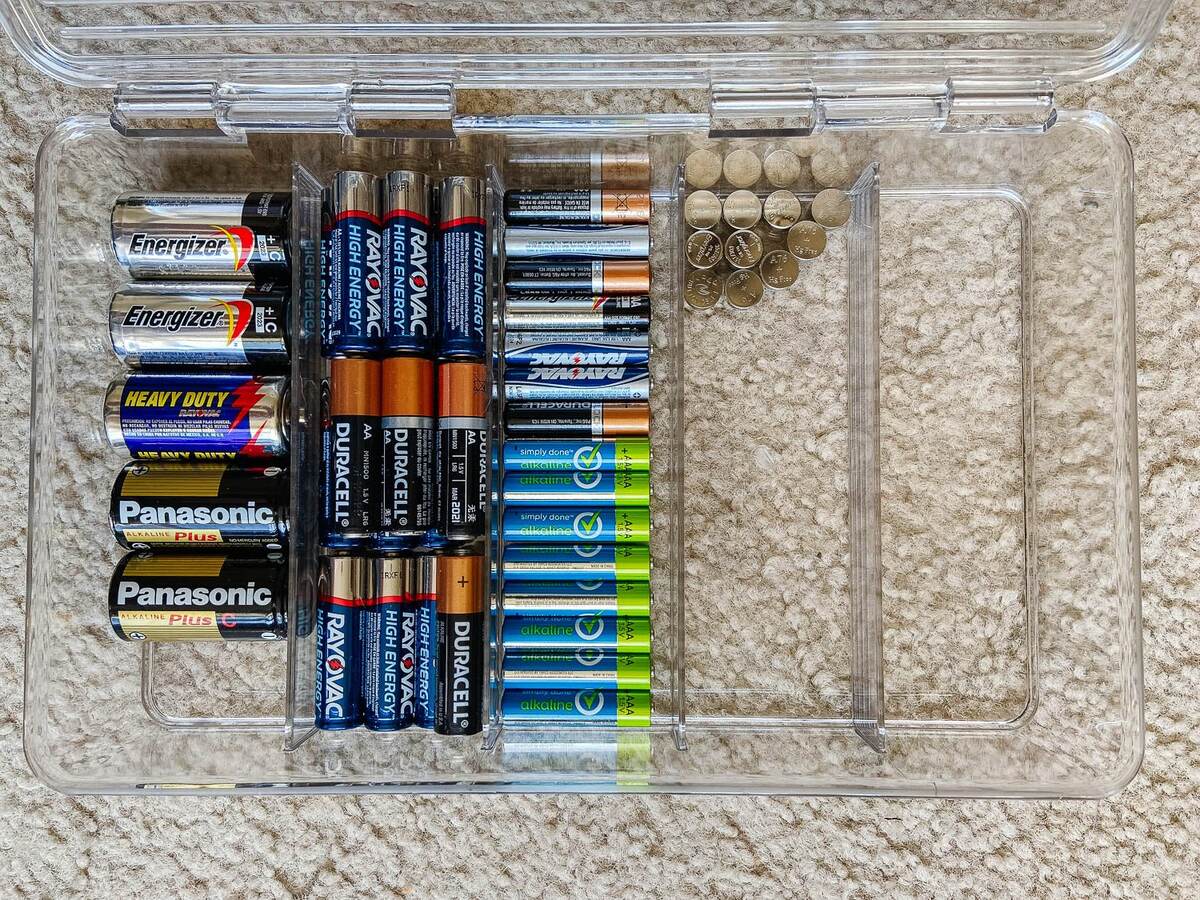
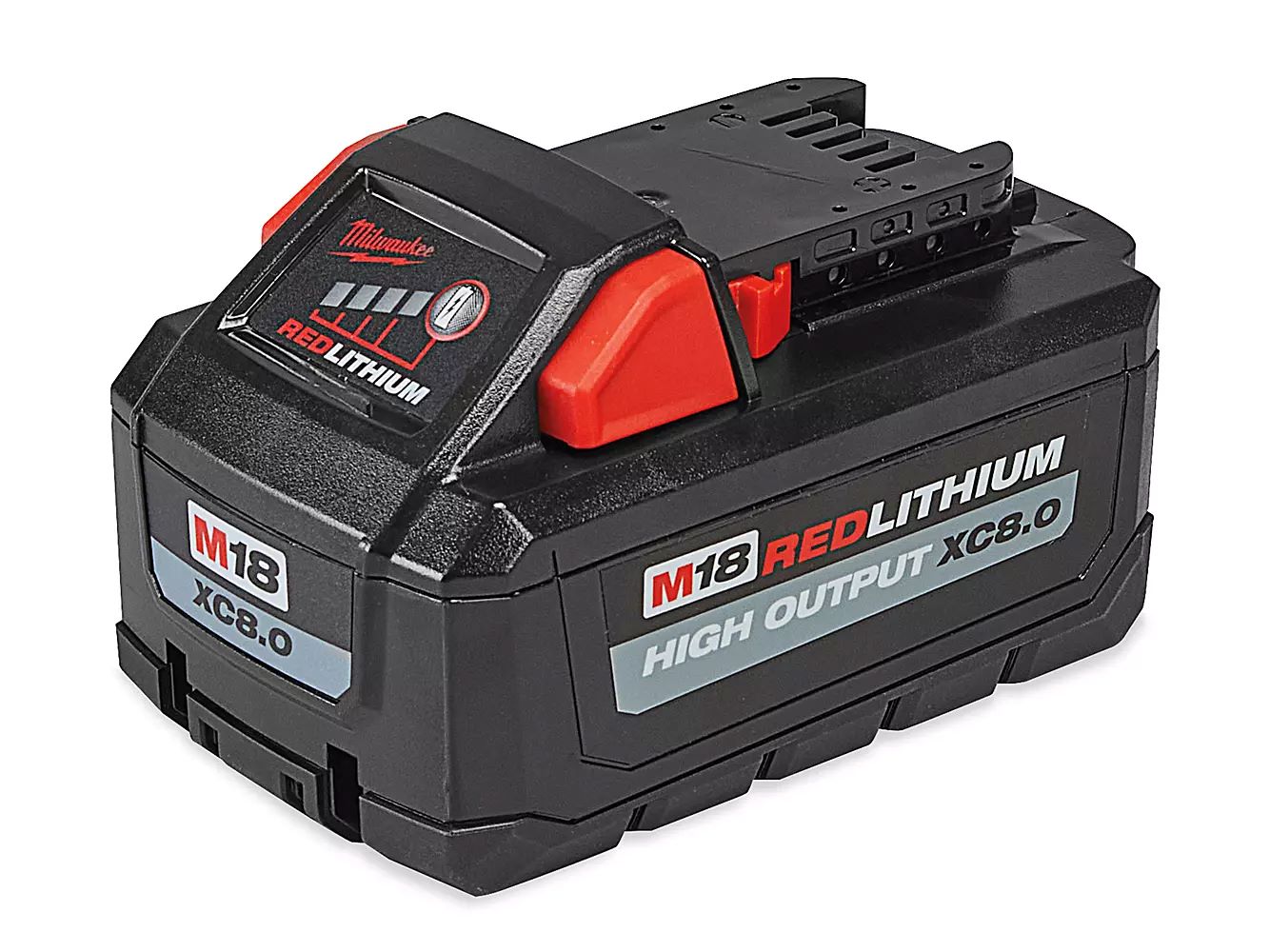
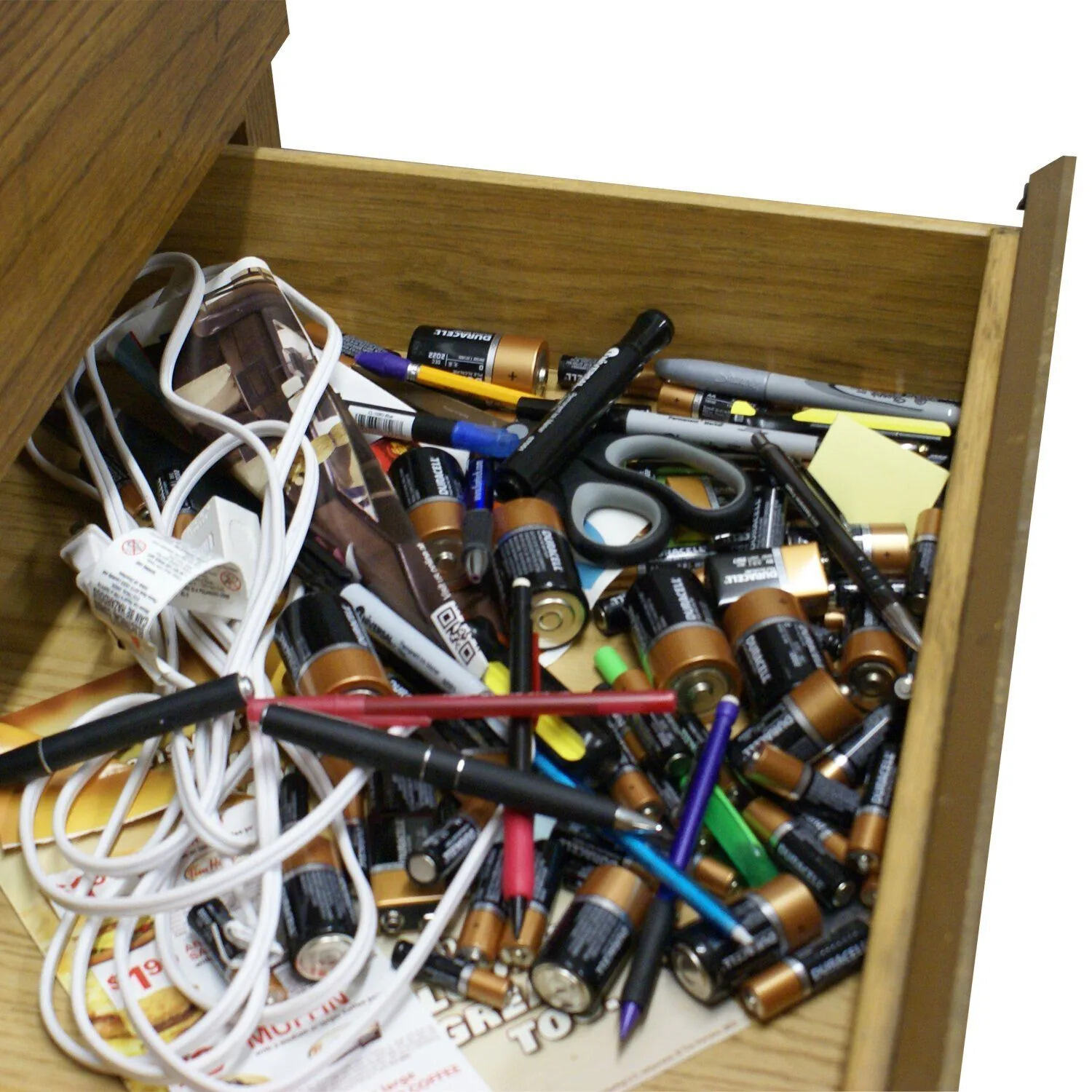
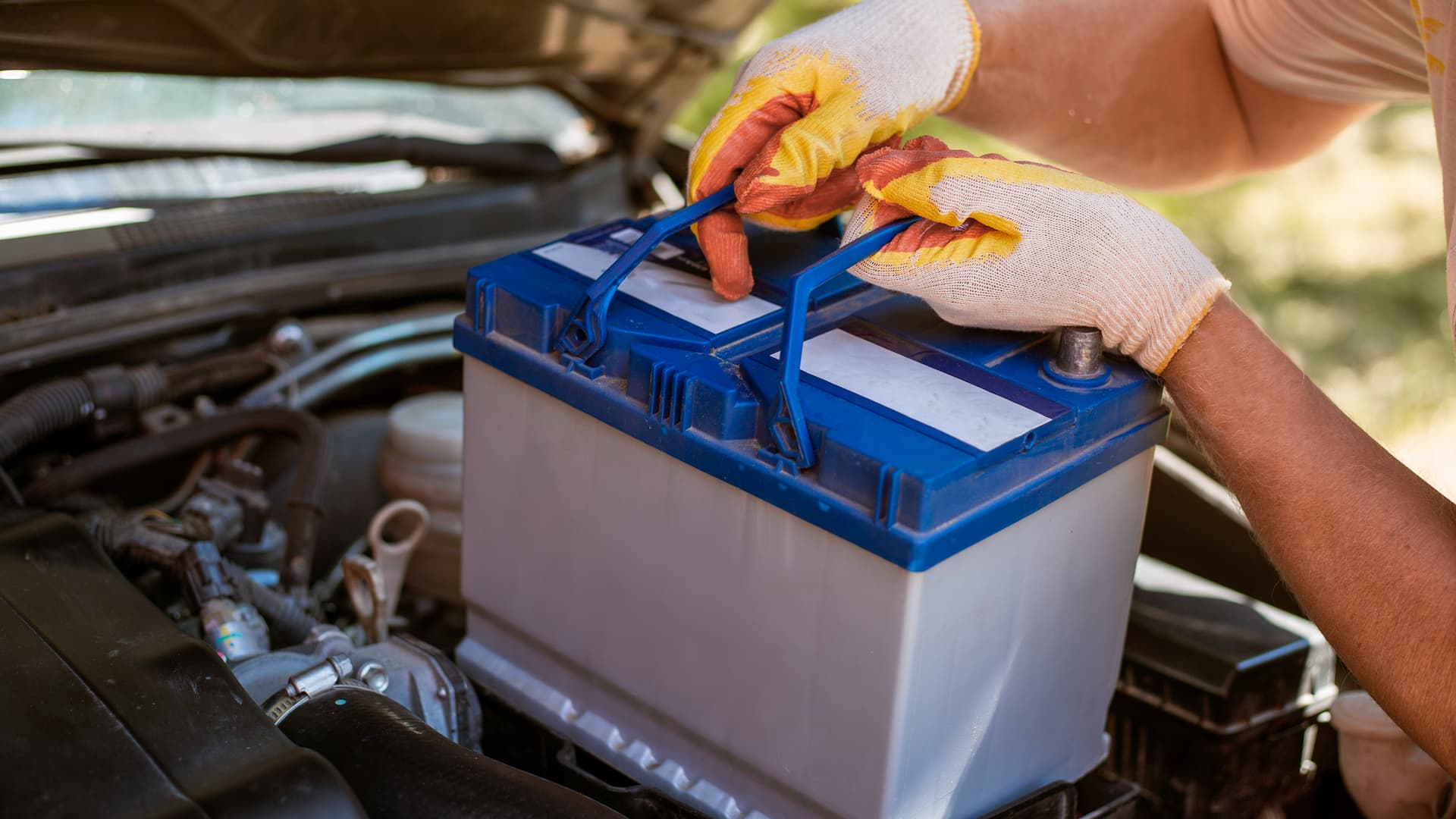


0 thoughts on “How To Store Old Batteries”